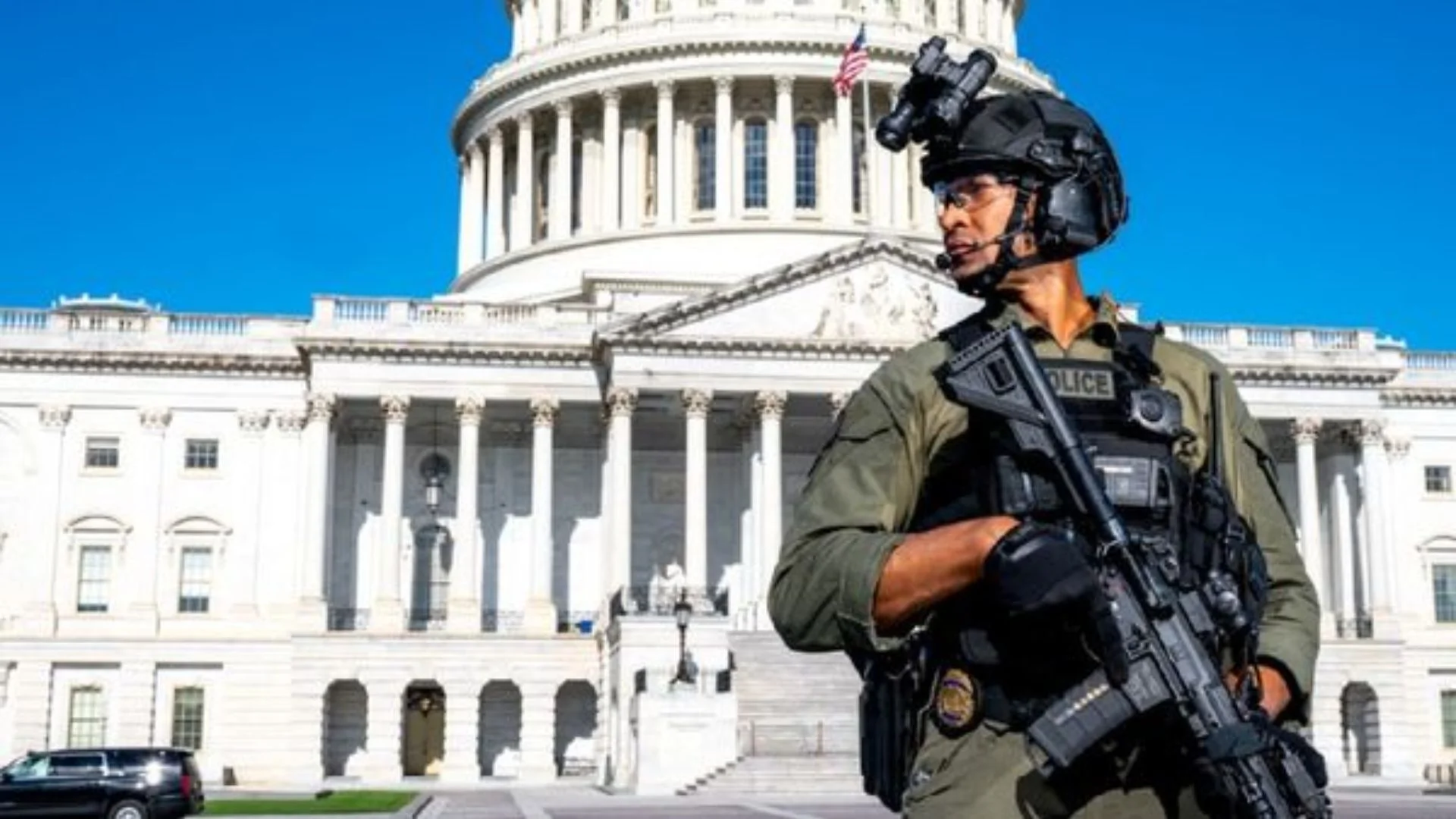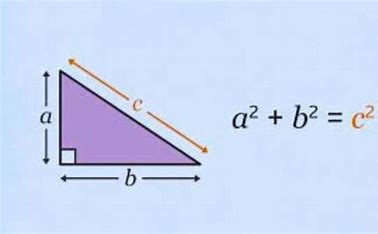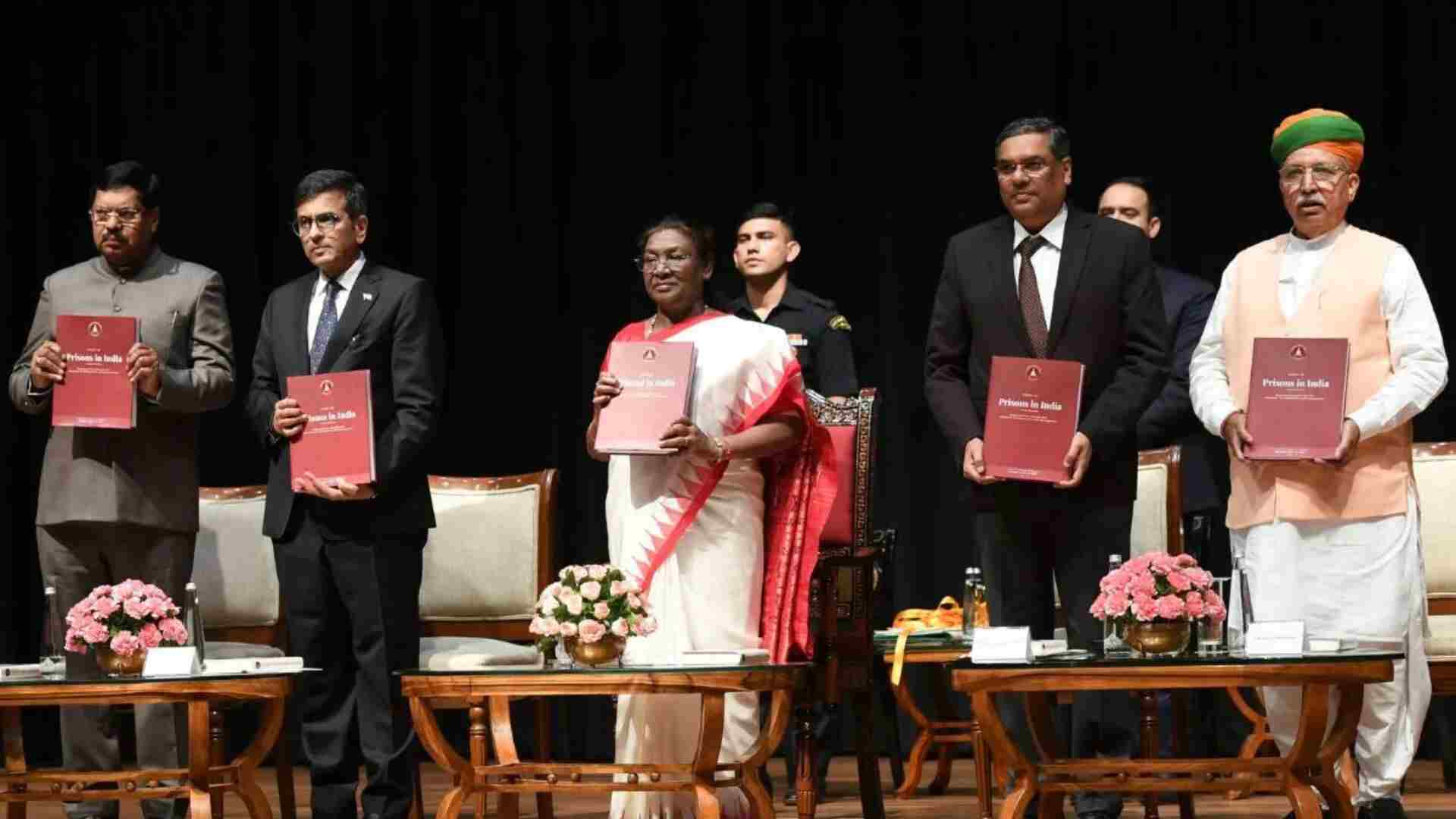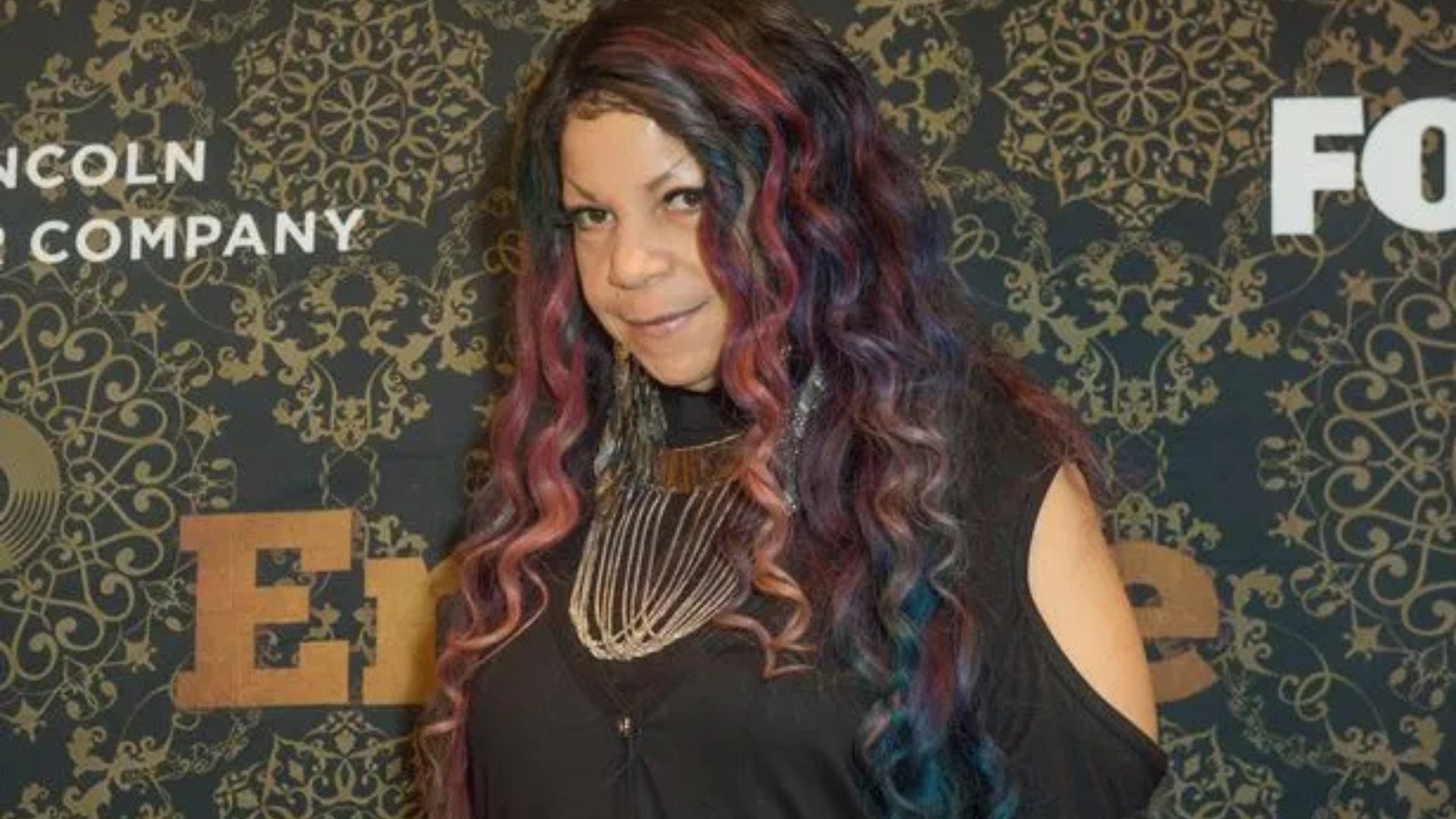
From being a party that formed the government in Uttar Pradesh for the maximum terms and gave world-class leaders from this state, the Congress finds itself in an unprecedented abyss in the state. There were decades when the party used its heft from UP for national expansion, but now is reduced to a single seat in the Lok Sabha. Even as the party is in a prolonged celebratory mode after the Karnataka Assembly election result, and its former president and former MP Rahul Gandhi is using his eminence to launch all kinds of attacks on the Centre and the Prime Minister, the party is floundering in the state which, for all practical purposes, has been responsible for its ascendence.
As all other parties – even small ones like Nishad Party, Suheldev Bhartiya Samaj Party (SBSP) or Apna Dal – are busy having huddles to decide strategies, seats and candidates for 2014, the Congress seems confident that its fate is secure in the hands of past goodwill or the eminence of the family members. It is all the more surprising because in the wake of the Karnataka win, the Congress is enthused as far as national opposition unity is concerned, and Rahul Gandhi’s anti-BJP campaign is spread in all states except UP. In any case, Rahul has kept his distance from UP after his defeat in 2019 from Amethi. His sister Priyanka Gandhi Vadra helmed a hectic and whirlwind tour prior to the 2022 UP Assembly election. Her slogan Ladki hoon lad sakti hoon (I am a girl and I can fight) had become quite popular in attracting women across UP but had failed to influence the end result.
With the party contemplating a bigger role for Priyanka in the wake of Rahul’s disqualification and possible inability to contest the 2024 election, a search is on for a responsible and experienced leader to take charge of UP, which offers exciting possibility to any party with its 80 Lok Sabha seats. In parallel, behind-the-scene activities are said to be on for exploring possibilities of an alliance with another party.
Leadership issues
Before the Lok Sabha election in 2019, Priyanka Gandhi Vadra was made the party’s in-charge of UP east, while the responsibility of handling UP west was given to Jyotiraditya Scindia. After Scindia quit the party, Priyanka was given the entire state to handle. Since then, the tally of the party has kept going down. At present, the UP Congress is headed by Brij Lal Khabri, who left BSP in 2016 to join the Congress, and six zonal presidents – many of them arrivals from BSP and other parties. The constitution of a new executive body is also awaited. It is significant that most of the veteran leaders of the party – except for Pramod Tiwari, Rajya Sabha member – have been either marginalised or have left the party, and young leaders associated with the party have more vanity value than a solid electoral base in any part of the state.
The Congress has never had it so bad in Uttar Pradesh. Its present representation from UP is 1 member in Lok Sabha and 2 in State Assembly. The fall is all the more astonishing in perspective of its past presence in the Assembly: The highest number for the party in UP Assembly was 388 in 1951, coming down to the next highest of 309 in 1980, and then the free fall ensued. From 269 in 1985, the tally tumbled to 94 in 1989, 46 (1991), 28 (1993), 33 (1996), 25 (2002), 22 (2007), 29 (2012) and 7 (2017). In the 2022 Assembly election, the party obtained 2.33% of all votes – down from 6.25% in 2017, when it contested in alliance with SP. It failed to open its account in Rae Bareli or Amethi, once considered strongholds.
Now, there are indications that the party is looking out for alliance with Bahujan Samaj Party in its quest to at least keep together its dwindling support base. The same dilemma is shared by the BSP as well, which has suffered an equally remarkable fall in its electoral fortunes. From a highest tally of 206 in 2007 when it formed the first government on its own, it came down to 80 (2012), 19 (2017) and 1 (2022). The party had formed governments in UP with the support of the BJP in 1995, 1997 and 2002 before its single-party government in 2007. However, the party that owes its appeal solely to the strength of Mayawati, seems to have lost it. Most of its core Dalit supporters have deserted it in favour of BJP, the Brahmins – once treated as the other strong core – have shifted to other parties despite Mayawati’s confidant Satish Chandra Mishra holding aloft the flag of allegiance. If the party does not make a comeback in state or national politics now, it faces an existential threat. Most of Mayawati’s former aides have deserted her and are holding positions in other parties. Mayawati herself appears split in her approach towards the BJP and the Centre. Her recent efforts indicate a design to attract Dalits, OBCs and Muslims and this the same constituency that is being targeted by the Congress also.
Alliance needs
Recent developments suggest that the BSP realises its weaknesses and would like to ally with a party with similar needs for 2024. The BSP had contested the 2019 Lok Sabha election with its ally-turned-foe Samajwadi Party, winning 10 against the SP’s 5 seats. The alliance collapsed soon thereafter, and the BSP has since been proclaiming that it will contest all elections on its own. As the SP and BJP are no longer options, the Congress appears to be the only possibility where the BSP hopes to salvage – and perhaps rebuild – its support base. The two parties had a short-lived alliance before the Assembly election in 1996, and now, both parties are staring at the possibility of sliding into political oblivion, at least in UP. It is believed that the proposed alliance will at least bring both parties in the national limelight and insulate the BSP against any possible targeting by Central agencies.
Mayawati’s recent criticism of both SP and BJP as being “Hindutva” parties appears to a move to attract Muslims, something that the party did in 2022 Assembly elections and the recent urban local bodies’ elections also. On the other hand, the Congress too is looking at opportunity among the OBCs, MBCs, Dalits and Muslims. The BSP has stayed away (or not invited) from all meetings of non-BJP parties called by Bihar Chief Minister Nitish Kumar, but other parties have not made any specific remark against it.
If the Congress-BSP alliance takes shape, it will mean a re-alignment among opposition parties, as the SP is unwilling to leave any seats for either the Congress or the BSP; making a triangular contest inevitable in UP. There are indications that the alliance may not be made public soon as a lot of things remain to be settled. Both SP and BJP are said to be aware of the goings-on, but are dismissive about it as of now.
The writer has been editor of many prominent newspapers and is now a columnist.















